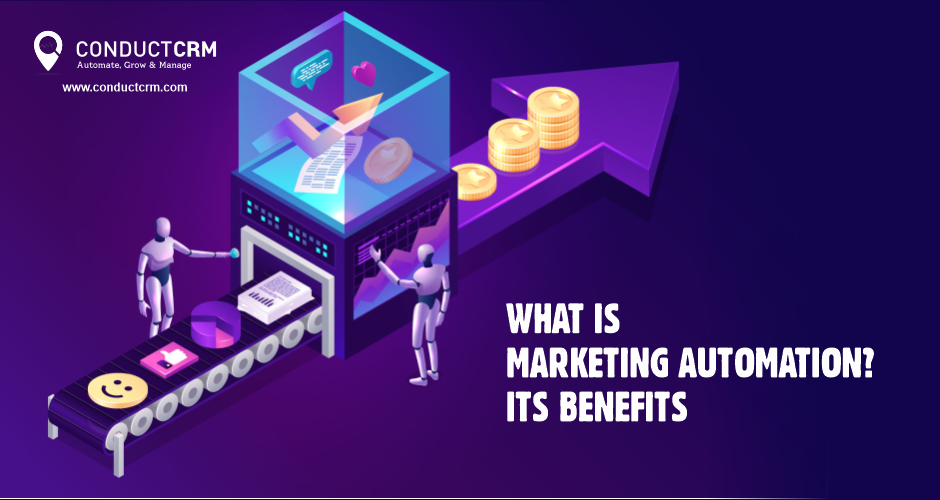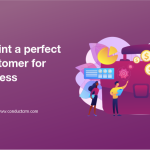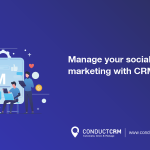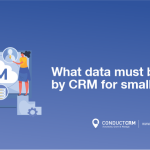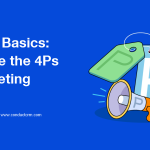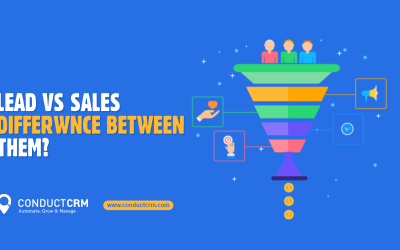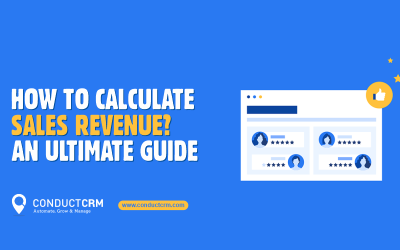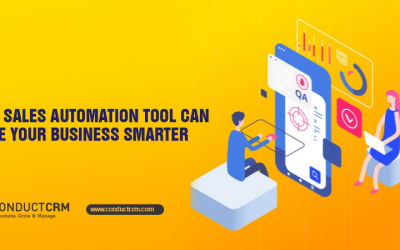What is marketing automation? Its Benifits
Introduction
Simply put, marketing automation refers to the practice of using software to automate marketing tasks over and over again. This is done for two main reasons: to improve the efficiency and productivity of customers and sellers, and to improve the customer experience through effective intervention.
Today, our machines can process billions and trillions of data in seconds. Marketing automation platforms and technologies have unlimited potential to understand information and target customers through automated messages via email, web, and social media.
How’s Used for marketing automation
From email marketing and social media to social media and push notifications; Marketing software is used to automate and manage daily sales processes. Apart from this, marketing automation also tracks and analyzes the online behavior and buying behavior of customers. This can be used to segment target audiences and deliver personalized messages.
Benefits OF Marketing Automation
Personalized customer experience
By getting the right data from your marketing channels that help you analyze your customer behavior, marketing automation helps you deliver personalized content to each buyer at the right time.
Increased efficiency and productivity
Your team doesn’t have to focus on the mundane tasks that are already set to be done by the marketing automation platform. They can fully focus on finding creative marketing ideas that, in turn, increase your team’s efficiency and bring better returns.
Improved Customer Service
You can trust marketing automation to deliver a seamless customer experience by connecting shoppers across multiple channels during their shopping journey and engaging them with valuable content. But if a customer has a great shopping experience with you, they can stick around and become loyal.
Marketing Automation For Small Businesses
Marketing automation isn’t just for companies with big budgets or seemingly endless customer lists. This can have a strong impact on businesses of all sizes, especially small businesses that have spent a lot of time on resources. With quality software like Keep, small businesses can learn how to use marketing automation to better meet their needs.
Building Relationships
New customers don’t buy a product the first time they learn about it, so marketing automation like personalized emails is essential for building and nurturing that relationship. By helping your audience learn more about your products and services through regular, thoughtful mailings, you’ll be able to encourage and increase conversion rates.
Helps you follow up with potential customers
Follow-up emails sent to customers who browse your website, leave their cart, or even write in a question with customer service can help complete the transaction. Other marketing automation features, such as follow-up reminders, can keep your sales team on top of qualified leads.
Following the customer journey
The more you know about your customer, the better. With marketing automation, you’ll be able to track the customer journey and see, on average, how long it takes a customer to complete a transaction, the information they need to complete the transaction, and what business assets lead to conversions the highest.
Work with social media
With tools like Hootsuite and Buffer, you can automate the publishing of all your posts once you create headlines, copy, images, links, and hashtags. Auto-posting saves time, helps your brand maintain balance, and helps you conduct research that’s purposeful rather than spur-of-the-moment.
Automated reports
Creating your reports can save you hours spent on data visualization and analysis. The tools you’ll need are good to have – Google Analytics, Tableau, and Power BI. You can easily automate story generation using custom visualizations with almost no coding. You must have a data source that can be linked to these platforms for reporting. Google Analytics has both data analytics and reporting features that can be accessed without any code.
Facilitating communication with a chatbot
In the simplest terms, a chatbot is an answering machine designed with answers, links, and questions to get interactive tools that can help your customers immediately when they visit your website for the first time. Even in the B2B space, chatbots can add significant value by reducing your bounce rate, capturing customer data, and freeing up resources.
The starting of CRM, SaaS, and email marketing
Soon, customer support, service, and sales management became important; but this software is expensive, so only in a few companies. Unica was founded by 3 MIT graduates in 1992 and developed web analytics tools that made data analysis easy. In the late 1990s, Hotmail offered free email service to anyone with an Internet connection. In the middle of everything, we saw the birth of search engines and the rapid evolution of the Internet.
Soon, Marc Benioff rented CRM software for a monthly fee instead of selling it. He launched Salesforce.com in 1999 using a subscription model, followed by other industry players. As a result, the marketing platform and customer management have become more affordable. Salesforce returned the company to a more transparent business model, leading to the emergence of SaaS-Software as a Service.
Search Engine Optimization
We saw the beginning of Yahoo! Search in 1995, and back then, search results were organized alphabetically. The term “Search Engine” was solidified in 1997 when Google Engine was introduced. Google also uses “PageRank” as a ranking indicator.
Then the search engines started ranking the first page of the new spam. Since SEO was in its infancy, people began to take advantage of the useless benefits of keyword research, distributing spammy backlinks to get higher search rankings.
In 2005 Google Analytics arrived and things began to change. SEO practices have also become more complex. At the same time, Google started taking past search history into account and started with personalized search results. There was a big change in 2010 when Google put strict rules on the quality of search results, removing more optimization. This has a huge impact on how search results are currently indexed.
There has been another major contribution to the evolution of SEO: the growth of social media. It took the social results and search and SEO changed. Content is now shared across channels. Meanwhile, Rank Fishkin started building an SEO empire in the style of Moz, and many other SEO platforms joined the fray.
Social Media Marketing
The first social networking website, Geocities, was launched in 1994. It allowed users to create their websites, organize them, and group them into communities based on the site’s content. In 1997, the social media website “Six Degrees” was launched, where people could create their profiles and communicate with their friends.
Now, multiple marketing campaigns can be managed across different platforms using a single dashboard, and campaigns can be managed through Google Adwords, Bing, Yahoo, and Facebook Manager.
Information About Inbound Marketing
Inbound marketing is a marketing strategy that combines all of the above. This includes SEO, social media, apps, CRM platforms, email marketing, and blogging. To make things easier, platforms have started to organize all the media by organizing it in one dashboard. And to make these tasks easier, marketing automation has emerged. With this, companies have begun to aggregate large datasets, marketing channels, and media sources into a centralized pool.
Marketing automation today is all about improving and improving the customer experience by automating any task that can improve efficiency. It is to reduce friction in the relationship of your customers with your business and stay in constant contact during their shopping journey.
Best Time For Invest Marketing Automation
There are many questions to ask when trying to decide if now is the right time to invest in marketing automation.
Do you create and distribute great content? Does this content fit your buyer’s journey?
Are marketing and sales combined when shipping first? Do you know where conversations with customers end in sales and begin in sales?
Are you creating a continuous flow of leads? Can you track the body language of your prospects across every touch point in the marketing channel?
But the most important question is: are you ready to start improving your marketing efforts? If so, it may be time to invest in a marketing automation solution.
recommended: Find The Right Software For Your Business
Conclusion :
Marketing automation saves time. It automates tasks, reduces human error, and helps you achieve better results. Instead of doing things yourself, you can focus on other important tasks, such as campaign planning and design, target development, research, brand stability, KPI measurement, and more.
